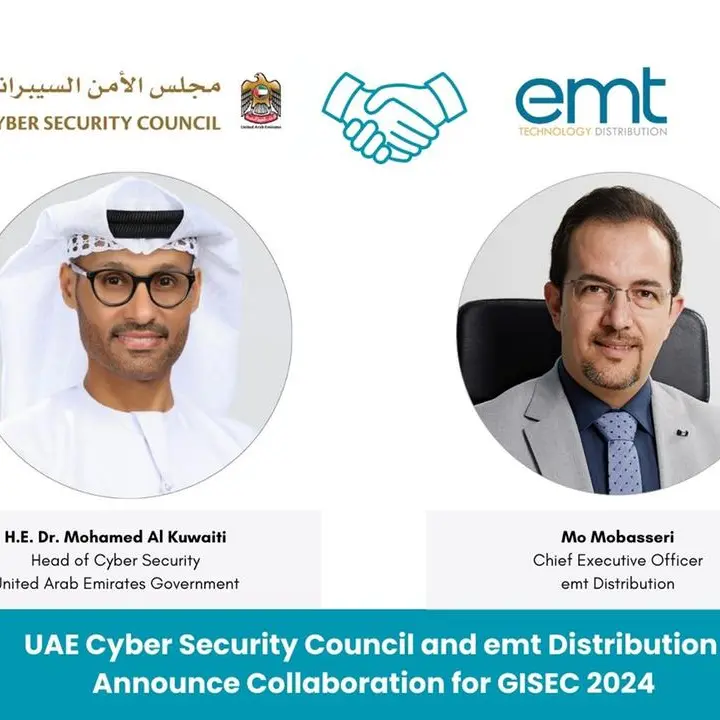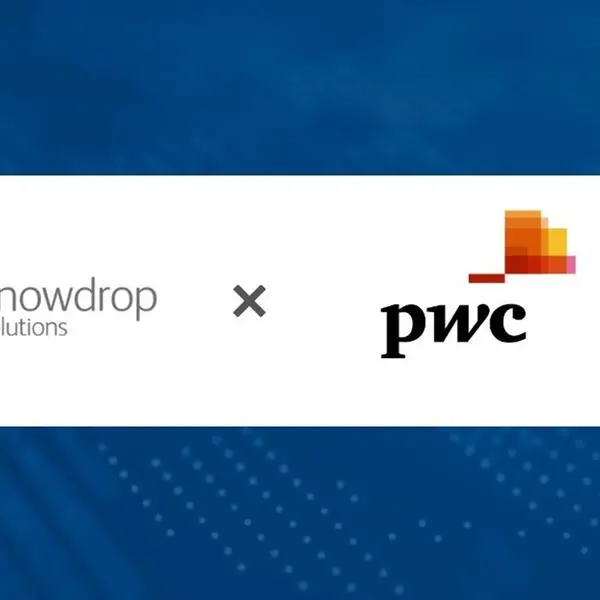On May 12, 2017, the largest ransomware epidemic in history, WannaCry, reached its peak. Three years later, this and other ransomware threats are still affecting people and companies. Recent Kaspersky research has revealed that in 2019, WannaCry kept its position at the top of the most prevalent ransomware families, while almost a third (30%) of those targeted by ransomware were corporate users. On May 12, 2020, Kaspersky and INTERPOL urge organizations to think about backing up their data and adopting relevant protection so that they could avoid any potential ransomware siege and a catastrophe similar to WannaCry doesn’t happen again.
Ransomware has become a big challenge for many organizations. Even though this is not the most advanced threat from a technical point of view, it allows criminal actors to block business operations and extort money. As a result of a ransomware incident, organizations lost on average $1.46 million in 2019[1]; which included costs for downtime, fines and reputational damage. The WannaCry attack became the most noticeable of its kind, spreading with the help of an advanced cyber-weapon, EternalBlue, which is a complex and effective exploit used to target the unpatched vulnerability in Windows. As a result, WannaCry caused a real worldwide cyber-epidemic.
However there is little reason to give up, as protection from ransomware is possible through feasible security measures. Today, on May 12, Kaspersky, together with INTERPOL, encourages organizations to follow these security practices and make sure they have reliable protection against ransomware, especially since recent statistics confirm that the threat is still relevant.
According to Kaspersky’s research, a total of 767,907 users were attacked by encryptors in 2019 - with almost a third of them (30%) being in businesses. Of all the encryption families, WannaCry still was the most common – in 2019, it attacked 164,433 users and accounted for 21% of all detected attacks. With a significant margin, it was followed by other families such as GandCrab (11%) and Stop (4%). The first one is a well-known ransomware-as-a-service, developed by a team of criminals and rented to the broader community and has been distributed for years. The Stop ransomware campaign is also a well-known threat spread through compromised software and websites, as well as adware.
“The WannaCry epidemic, which saw companies lose millions because of downtime or costs related to reputational damage, demonstrated what can happen if ransomware happens on such a large scale. The threat remains relevant today, as there will be users out there who still may not know much about it and can become a victim. The good news is that the right security approach and relevant measures can make ransomware yet another non-critical threat. And we would like Anti-Ransomware Day on May 12 to become the day when businesses and users globally no longer face challenges with ransomware,” comments Sergey Martsynkyan, Head of B2B Product Marketing, Kaspersky.
To help businesses stay protected from ransomware, experts suggest that organizations should take the following anti-ransomware measures as soon as possible:
- Explain to employees how following simple rules can help a company avoid ransomware incidents. Dedicated training courses can help, such as the ones provided in the Kaspersky Automated Security Awareness Platform.
- Always have fresh back-up copies of your files so you can replace them in case they are lost (e.g. due to malware or a broken device) and store them not only on the physical object but also in cloud storage for greater reliability. Make sure you can quickly access them in an emergency when needed.
- It is essential to install all security updates as soon as they become available. Always update your operating system and software to eliminate recent vulnerabilities.
- Try free Kaspersky Anti-Ransomware Tool for Business. Its recently updated version contains an exploit prevention feature to prevent ransomware and other threats from exploiting vulnerabilities in software and applications. It is also helpful for customers that use Windows 7: with the end of support of Windows 7, new vulnerabilities in this system won’t be patched by the developer.
- If a corporate device is encrypted, remember that ransomware is a criminal offence. You shouldn’t pay the ransom the attacks demand. If you become a victim, report it to your local law enforcement agency. Try to find a decryptor on the internet first – some of them are available for free here: https://www.nomoreransom.org/en/index.html
More findings on the ransomware threat found by Kaspersky’s experts are available by the link.
To know more about WannaCry, check a gripping, Kaspersky-produced documentary that looks back at how WannaCry unfolded and how it suddenly stopped. It combines expert opinions with exclusive interviews of Marcus Hutchins, the man who found a killswitch in the malware’s source code.
About Kaspersky
Kaspersky is a global cybersecurity company founded in 1997. Kaspersky’s deep threat intelligence and security expertise is constantly transforming into innovative security solutions and services to protect businesses, critical infrastructure, governments and consumers around the globe. The company’s comprehensive security portfolio includes leading endpoint protection and a number of specialized security solutions and services to fight sophisticated and evolving digital threats. Over 400 million users are protected by Kaspersky technologies and we help 250,000 corporate clients protect what matters most to them. Learn more at www.kaspersky.com.
[1] According to Kaspersky ‘IT security economics in 2019: How businesses are losing money and saving costs amid cyberattacks’ report based on a global survey of IT business decision makers conducted in 2019.
© Press Release 2020
Disclaimer: The contents of this press release was provided from an external third party provider. This website is not responsible for, and does not control, such external content. This content is provided on an “as is” and “as available” basis and has not been edited in any way. Neither this website nor our affiliates guarantee the accuracy of or endorse the views or opinions expressed in this press release.
The press release is provided for informational purposes only. The content does not provide tax, legal or investment advice or opinion regarding the suitability, value or profitability of any particular security, portfolio or investment strategy. Neither this website nor our affiliates shall be liable for any errors or inaccuracies in the content, or for any actions taken by you in reliance thereon. You expressly agree that your use of the information within this article is at your sole risk.
To the fullest extent permitted by applicable law, this website, its parent company, its subsidiaries, its affiliates and the respective shareholders, directors, officers, employees, agents, advertisers, content providers and licensors will not be liable (jointly or severally) to you for any direct, indirect, consequential, special, incidental, punitive or exemplary damages, including without limitation, lost profits, lost savings and lost revenues, whether in negligence, tort, contract or any other theory of liability, even if the parties have been advised of the possibility or could have foreseen any such damages.










